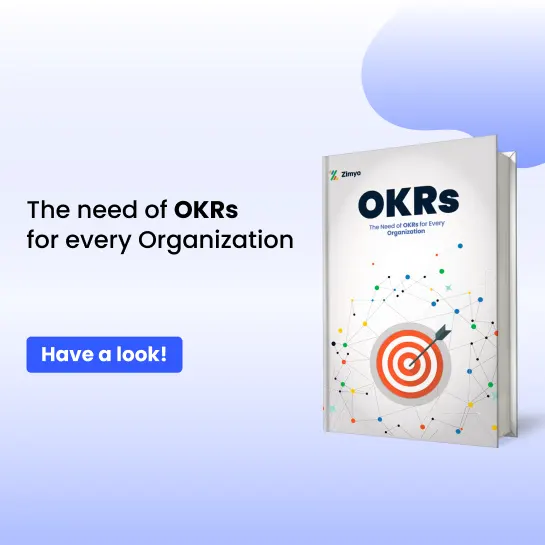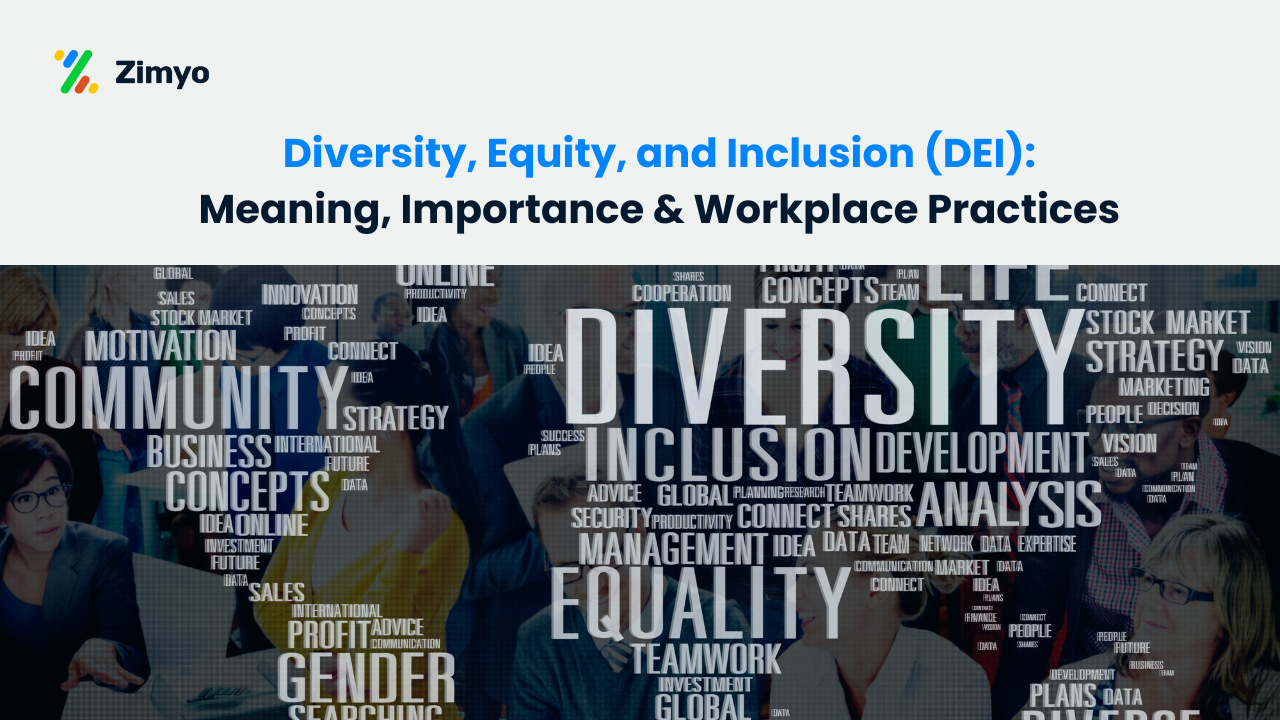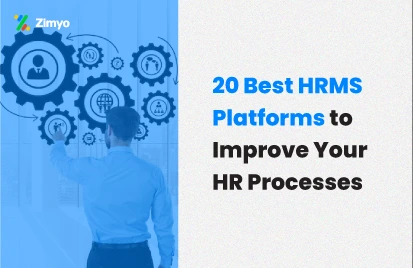What Is HRMS Technology?
HRMS technology (aka Human Resources Management System Technology) is the umbrella term for software and associated hardware used for the automation of human resources functions in organizations.
It is also considered as HRIS(Human Resources Information System) or HCM(Human Cloud Capital) and it comes under HR technologies. There are different acronyms for the same software and fulfill the same purpose.
The current state of HR technology in India
HR technology has shown a surge in adoption in India in recent years, including money being invested in start-ups that focus on HR solutions. In just 2019, a total of $116 million were invested into HR solutions start-ups which were up from $55 million invested in 2018.
Most common types of HR technologies
Predictive analysis– Predictive analytics is the branch of advanced analytics that is used to make predictions about unknown future events. Predictive analytics uses many techniques from data mining, statistics, modeling, machine learning, and artificial intelligence to analyze current data to make predictions
AI (Artificial Intelligence)- AI is using computers to create automation of tedious, time-consuming tasks, augmenting human capabilities, and amplifying human functions. It is being used in processes such as recruitment, learning, and development, performance management, risk management, etc.
Cognitive Technologies– Cognitive technologies are products of the field of artificial intelligence. They can perform tasks that only humans used to be able to do. Examples of cognitive technologies include computer vision, machine learning, natural language processing, speech recognition, and robotics.
Adoption of HR technologies in industries
The highest level of adoption of HR technologies has been, unsurprisingly, in IT and Communications followed by Manufacturing and Engineering, with Banking coming in third.
Adoption of these technologies has risen from 2018 to 2019, with the highest amount of automation present in HR operations with performance management and communication also adopting a fair amount of automation in their respective processes. Performance management is an outlier, seeing as how the process has shifted from a singular outcome to a more all-around way of assessing employees.
Overall, companies are looking to invest more in HR software and automation of its key processes which can help companies plan work with better efficiency and also result in reduced cost across the board.
Reasons for switching to HR technologies
There are a variety of reasons for switching to HR technologies given by companies. However the most common is, to no one’s surprise, an expected reduction in cost. These include – To empower employees and managers, to self-manage people workflows and processes, and to increase the efficiency of execution. These three reasons make up the core reasons to switch to HR technology.
Ways to measure efficiency after implementation of HR technologies
The most common question that comes up is that after we have employed all these expensive technologies, how do we judge whether they have been effective or not.
The most common way to judge their effectiveness are-
- Time-saving measures
- HR operational metrics across functions (recruitment, L&D, etc.)
- Cost-saving measures
- Process simplification and standardization
- Employee satisfaction measures
Barriers to implementation
Limited Budgets– Money is a clear barrier to the implementation of such technologies, especially if the company has no concrete way to measure the prospective returns provided by such technologies.
Ability to measure return on investments– As mentioned above, ROI is a very difficult thing to measure especially in cases where there are no immediate or significant results. Often the results are qualitative and only show themselves through things like employee and customer feedback etc.
Lack of skills to implement new technologies– Lots of old companies rely heavily on legacy systems. As these systems have been around for a long time, replacing them comes at a cost. Many employees, especially those who have been with the company for a long time will find using the newly implemented systems a chore. People are opposed to things that bring them out of their comfort zone.
Opposition from certain employees– One big advantage of HRMS systems is that all the rules and methods of usage are predefined with no room for flexibility. Employees, especially those in the mid-level, may be opposed to this as it brings in transparency and takes away the option of manipulation.
Also Read: What Are The Different Modules Of HRMS?






